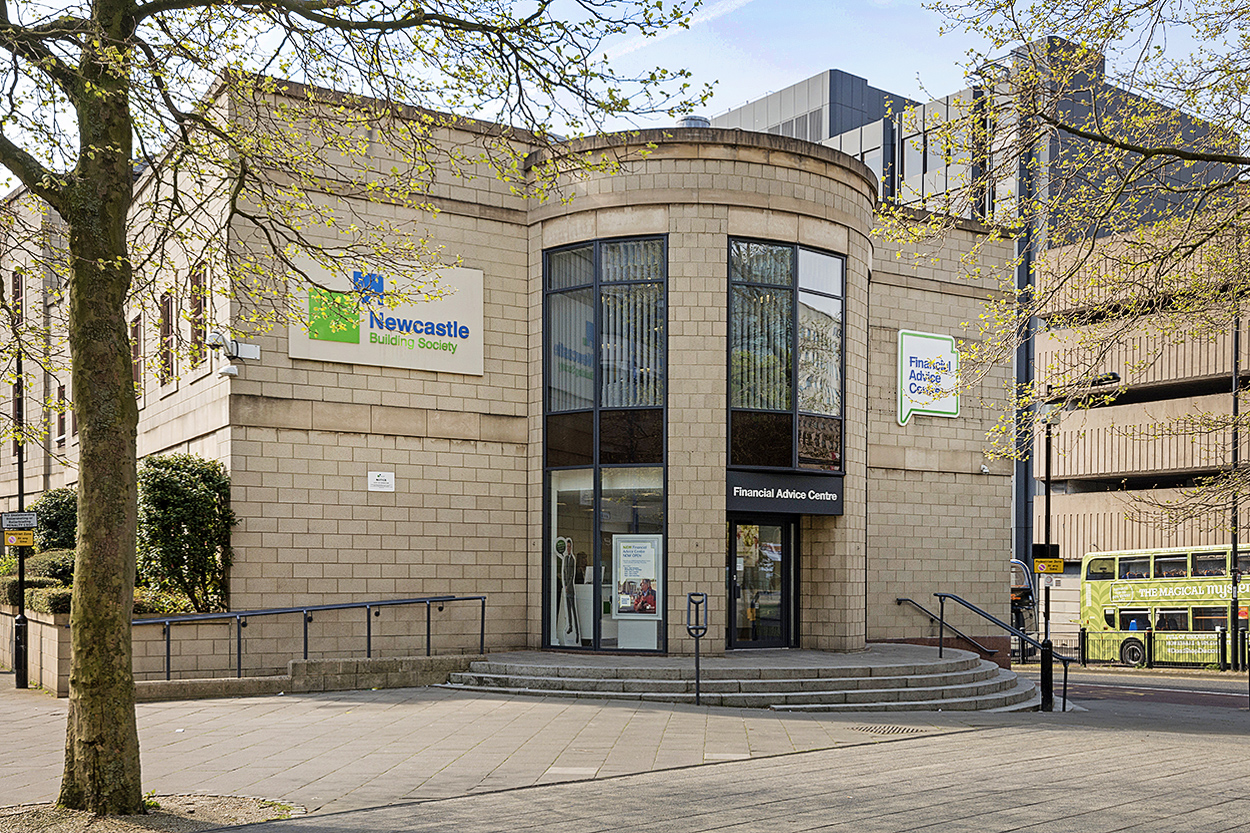What is the story behind some of Newcastle’s most iconic buildings?
Repurposing historic buildings is an excellent way to make sure they are safe from demolition and decay. With so many modern structures popping up in UK cities, it is important to treasure old, beautiful buildings and, in doing so, learn a little more about their history. When such landmarks are repurposed, it gives them a new lease of life. Whether they are turned into pubs, hotels or galleries, they can go on serving the public albeit in a very different way from their original purpose.
Learn how some of the most historic buildings in Newcastle began their life, and what has become of them since…
The Toffee Factory
It may seem obvious what this iconic office building started their life as, but you might be surprised with the answer.
Unexpectedly, it was originally built as a cattle sanatorium. Perhaps not the answer you anticipated.
The U-shaped building that we now know as the Toffee Factory was not in fact part of the original structure. The buildings for the sanatorium were built in 1877, and then the U-shape was built after their completion in 1878. The reason for this apparent extension and expansion of the original buildings is unclear, with theories tending to fall on it being a place to slaughter diseased animals, or a simple need to increase storage capacity.
There were various reasons for the sanatorium to fall out of use, including progress made in refrigerated transport capabilities and an outbreak of foot and mouth disease in 1893. They enjoyed a brief stint as a timber yard and saw-mill business, and the original sanatorium buildings were used by R Steenberg & Son from 1903 onwards for warehousing and the storage of goods such as lard and canned food. The company operated for many years, eventually moving out in the early 1990s.
Despite the demolition of the original structure, the U-shaped Toffee Factory building lives on. Maynard’s Ltd leased the building from 1906, producing all kinds of sweets; beyond Maynard’s Toffee, the factory produced:
- Acid Drops — boiled sweets with a sharp taste
- Black Bullets — peppermint flavoured boiled sweets
- Cloves — red and white striped candy
- Pear Drops — pink and yellow sweets with a pear and banana taste
- Humbugs — black and white striped sweets with a peppermint taste
- Aniseed Balls — hard candy flavoured with aniseed oil for a strong taste
- Rock — hard candy sticks usually sold in coastal areas
Due to a fire in 1993, the building stood unused for many years until its refurbishment in 2011. It is now an office space that houses many creative industries, from advertising to design to landscape architects.
The Royal Station Hotel
One of the most iconic buildings in the region, the Royal station Hotel is the pride of Newcastle locals. The hotel has had many famous guests, including Laurel and Hardy, Laurence Olivier, and Muhammad Ali. But perhaps the most famous hand to grace the doors of the hotel was that of Queen Victoria, who opened the premises in 1850. This standout building nestled within Newcastle is, naturally, a top pick wedding venue as well, with its ornate structures making for the perfect romantic scene. Needless to say, few regions can match the historic hotel Newcastle offers.
The Grade I and Grade II listed building holds many modern facilities in contrast to its traditional exterior, with an indoor swimming pool, fitness centre, sauna, hot tub, and free Wi-Fi.
Sallyport Tower
One of the most important buildings in Newcastle upon its construction, the Sallyport Tower was built to defend the city walls. Built around 1265-1307, the top part was later destroyed by a Scottish siege in 1644. It was restored in 1716 for its second use as a meeting place for the Shipwright’s and Carpenter’s Guild.
Despite its historical relevance and central location, the tower is often overlooked by Newcastle locals. As such, when photographer Kevin Radcliffe acquired the ancient building in 2015, he dubbed it ‘The Secret Tower’ and transformed its space into a gallery and an area for photoshoots in-between event bookings, such as weddings.
You can visit the Sallyport Tower on Heritage Open Days as it is now open to the public twice a year.
Blackfriars
Dating back to 1239, the Blackfriars building is the final stop on our whistle-stop tour of the Toon. The building was home to the ‘Black friars’ and built on land donated by three sisters. The building itself was funded by Sir Peter Scott, the first Mayor of Newcastle.
The gardens of the building supported a lot of plant life and was attended to by the friars. As well as providing shelter for the friars, the priory housed King Henry III as the town had no inn at the time for royalty. Payment for his stay came in the form of white cloth, which covered both his stay and the damage caused by his retinue!
The friars would use this white cloth to make the tunics they would wear under their black cloaks. It is said that this outfit inspired the black and white football strip of Newcastle United.
After King Henry VIII declared that all monasteries be closed, this building sadly fell into disrepair. The priory lost everything, and the church was demolished. Only the non-religious buildings of the cloisters remain. The friary’s former refectory survived and is now used as an 80-seat restaurant, believed to be the oldest dining room in the UK.
Akif is a Web Designer, Developer and Educator specializing in WordPress and Expression Web. He has Published and Designed several Websites. He spends a lot of his time thinking about and sharing his knowledge of the internet, Information Technology and Web design and Development. Also he is passionate about Fashion Industry. In 2012, he started publishing Fashion related Blogs. Sizzling Magazine is one of them!



